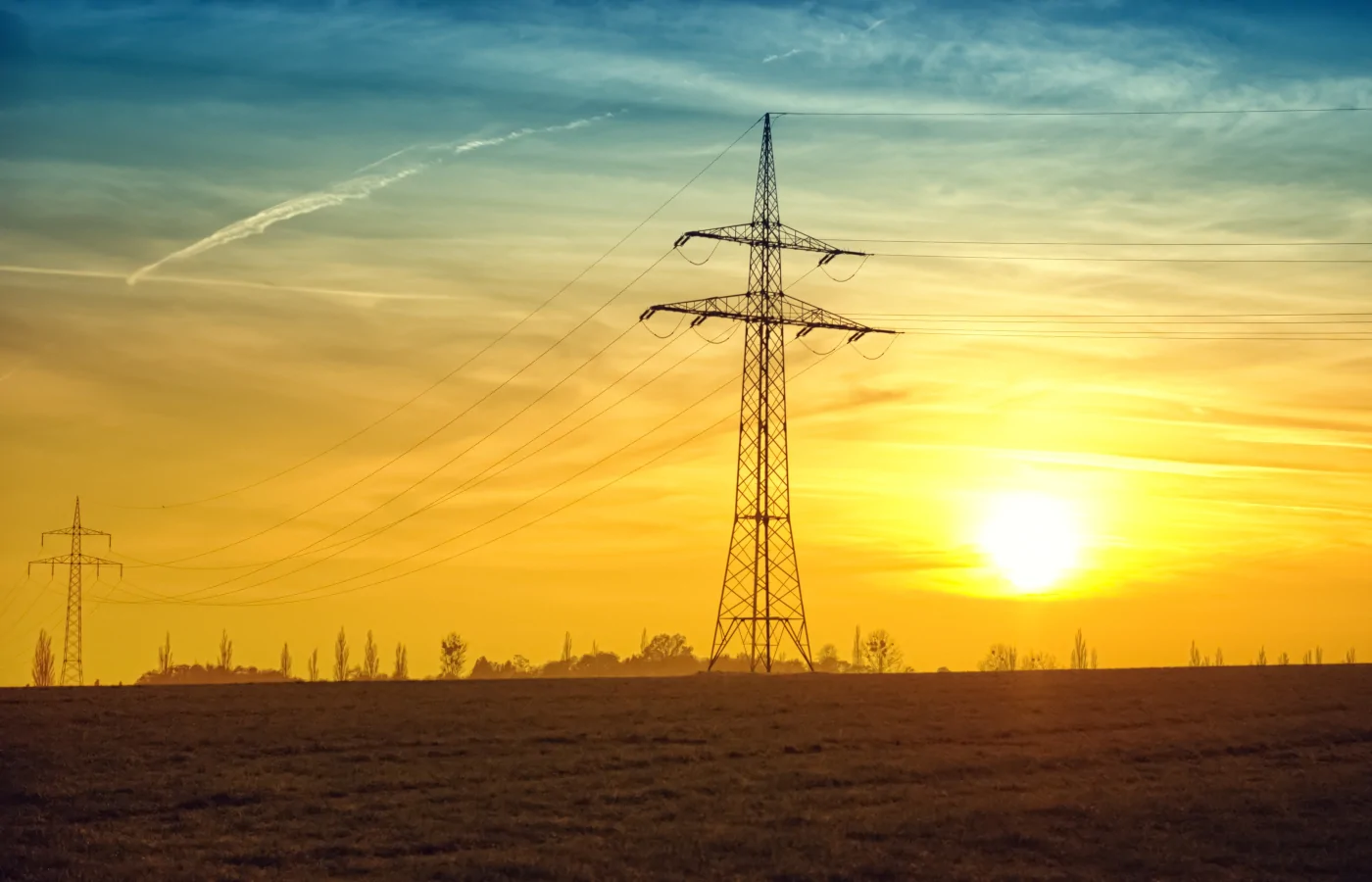Far from every point in our country, the power supply system works perfectly. Many Ukrainians regularly face the problem of power outages or power outages. In some cases, this causes minor inconvenience, and sometimes it does not allow you to lead a full-fledged life. There is a solution. These are generators of electricity, which are presented on the market in a large assortment. For example, you can purchase a compact portable generator for simple tasks, and more specific use – a massive and powerful power plant. Moreover, there are plenty to choose from. We will discuss the range in detail later. Now consider what elements this unit consists of.
How does an electricity generator work?
How the electricity generator works? At first glance, it may seem that this equipment has a complex design. Everything is simple. The generator consists of ten main parts.
Engine. This is the main element of the installation. The motor creates mechanical energy that allows the electric generator to produce current. Most often in the units, there are engines on gasoline and diesel.
Synchronous generator. This is the element that converts the mechanical energy of the engine into electrical energy. It consists of two parts: a rotor and a stator. The rotor is a moving mechanism. With its movement around the stator, it creates a magnetic field necessary for the production of electricity.
Fuel system. Supports the operation of the station for 6-10 hours without refueling. The battery life depends on the type of equipment. For example, a diesel power plant “burns” fuel more slowly than a gasoline power plant.
Cooling system. To reduce the temperature of parts, either water or pure hydrogen can be used. Cooling also occurs mechanically: with the help of a fan and a radiator.
Exhaust system. It centrally collects the produced exhaust gases and removes them from the equipment.
Lubrication system. Responsible for the delivery of lubricants to moving structural elements.
AVR. This is a voltage regulator that converts AC to DC.
Charger. Replenishes battery reserves. He, in turn, is responsible for starting the power plant.
Control Panel. It controls every aspect of plant operation.
Frame and body. A base that holds all of the above elements.
The principle of operation of the electricity generator
It all starts with starting the engine. It transfers its energy to the rest of the elements, after which the generation of electric current begins. Inside the installation are magnets, between which a wire coil moves. As soon as the coil crosses the field lines of the magnets, a “portion” of electric current is produced. Later it is stabilized by the voltage regulator.
Some models are created according to a different principle. Their coil is always in one place, and the magnetic field is moving. There is also a variant with three coils around which the magnets spin. Such installations are called three-phase. Finally, these are industrial generators designed to power powerful equipment.
During the power plant operation, a certain amount of heat and gases are released. They are diverted by cooling and exhaust systems. Much depends on natural ventilation, that is, on the conditions in which the unit is located. Above all, the owner must install the generator by the rules.
Types of electricity generators
Gasoline generator 5 kW Synchronous and asynchronous models.
Asynchronous generators have a simplified design and produce a relatively unstable current. This electricity is enough to power construction tools or welding. However, models of this type are protected against short circuits. Synchronous generators are the best option for domestic use. They create a clean current that is suitable for sensitive equipment. In addition, these stations are resistant to increased loads during the start-up of electrical engineering. An example of a good household unit of this type is a 5 kW gasoline generator.
Single phase and three phases. Moreover, we briefly mentioned this option above. Everything is simple here: single-phase options are designed for domestic use, and three-phase options are for professional or industrial use. Conventional electrical appliances that we use at home operate on a single phase. Therefore, the purchase of a 3-phase model for domestic use is impractical.
Diesel and petrol. Diesel models are usually used as a permanent power source. They can work for a long time without pauses while demonstrating excellent productivity. In other words, gasoline units are best operated as an emergency power source. Diesel equipment is more expensive, but the fuel on which it runs is significantly cheaper than gasoline. In addition, for example, diesel generators of 5 kW show greater productivity than gasoline devices of the same power.
In summary, these are the main varieties. You need to choose the appropriate option taking into account the expected loads and conditions of use.
In addition, check out more information about electricity generators in generatow.pw blog.

There are no comments yet.